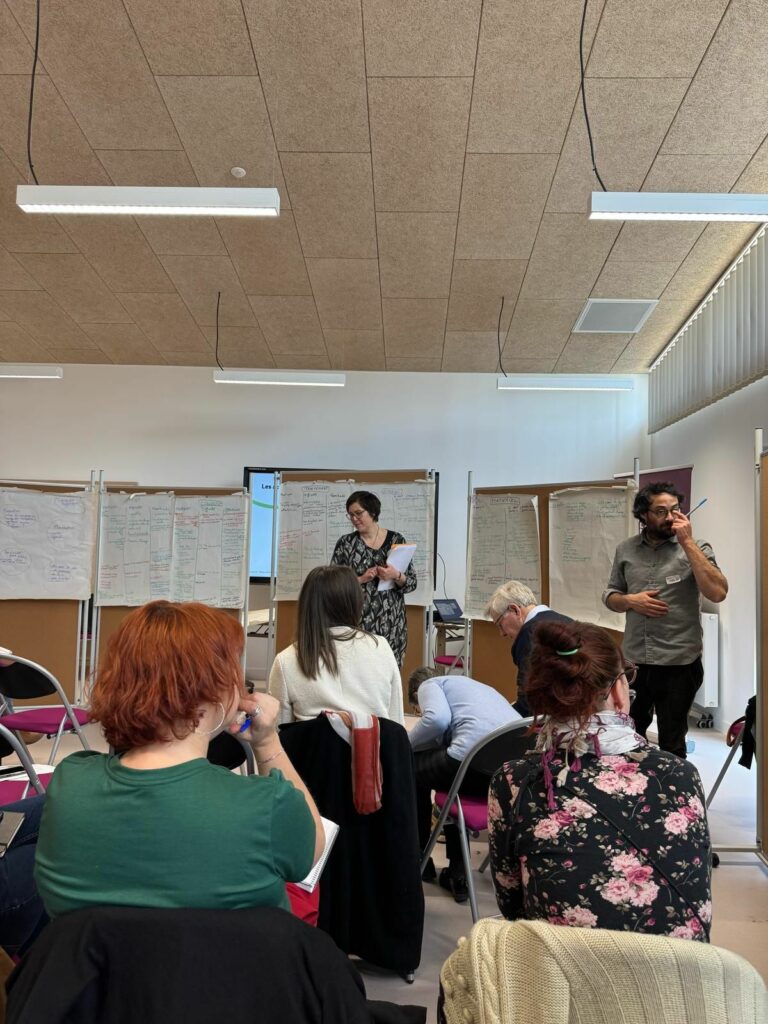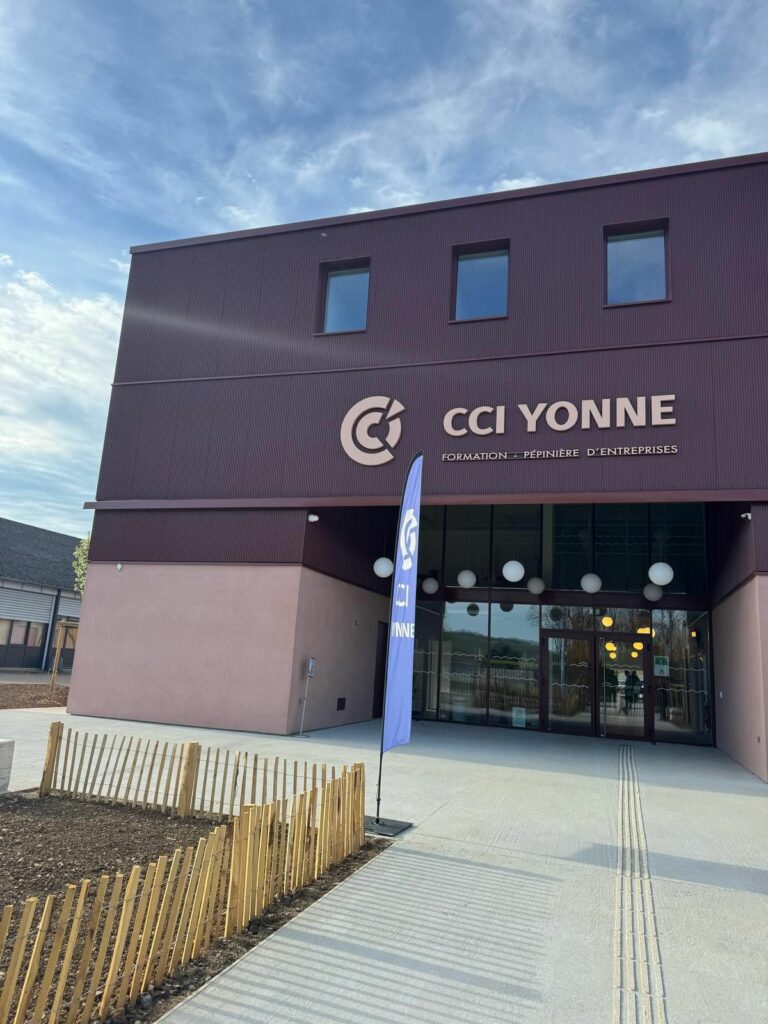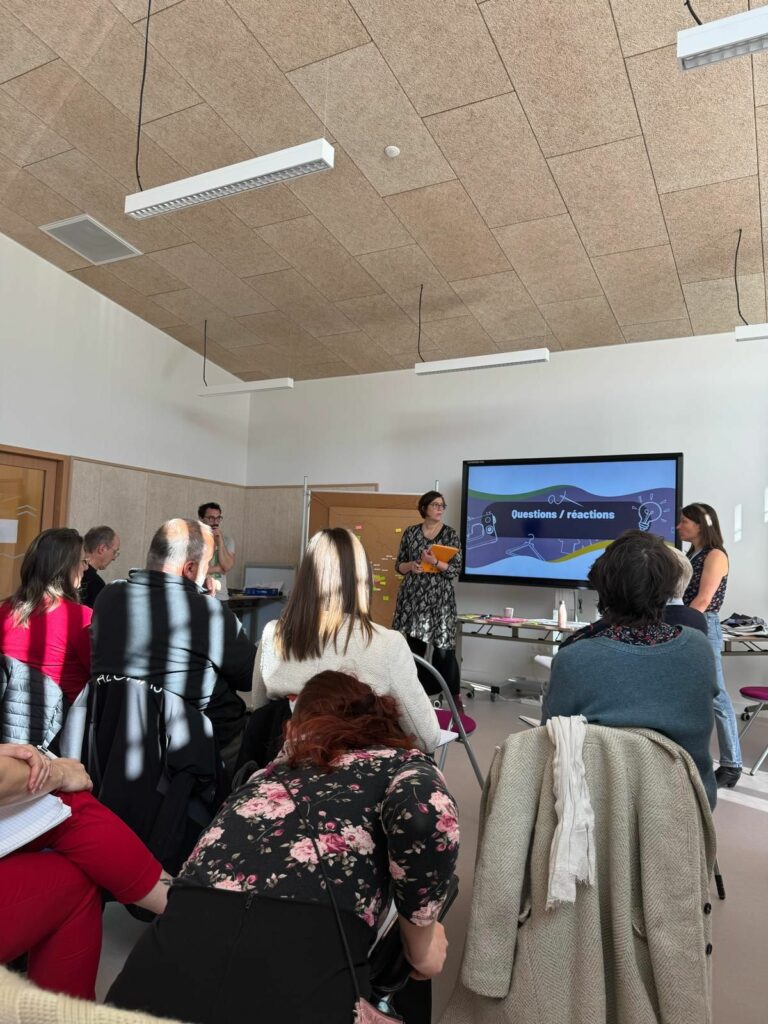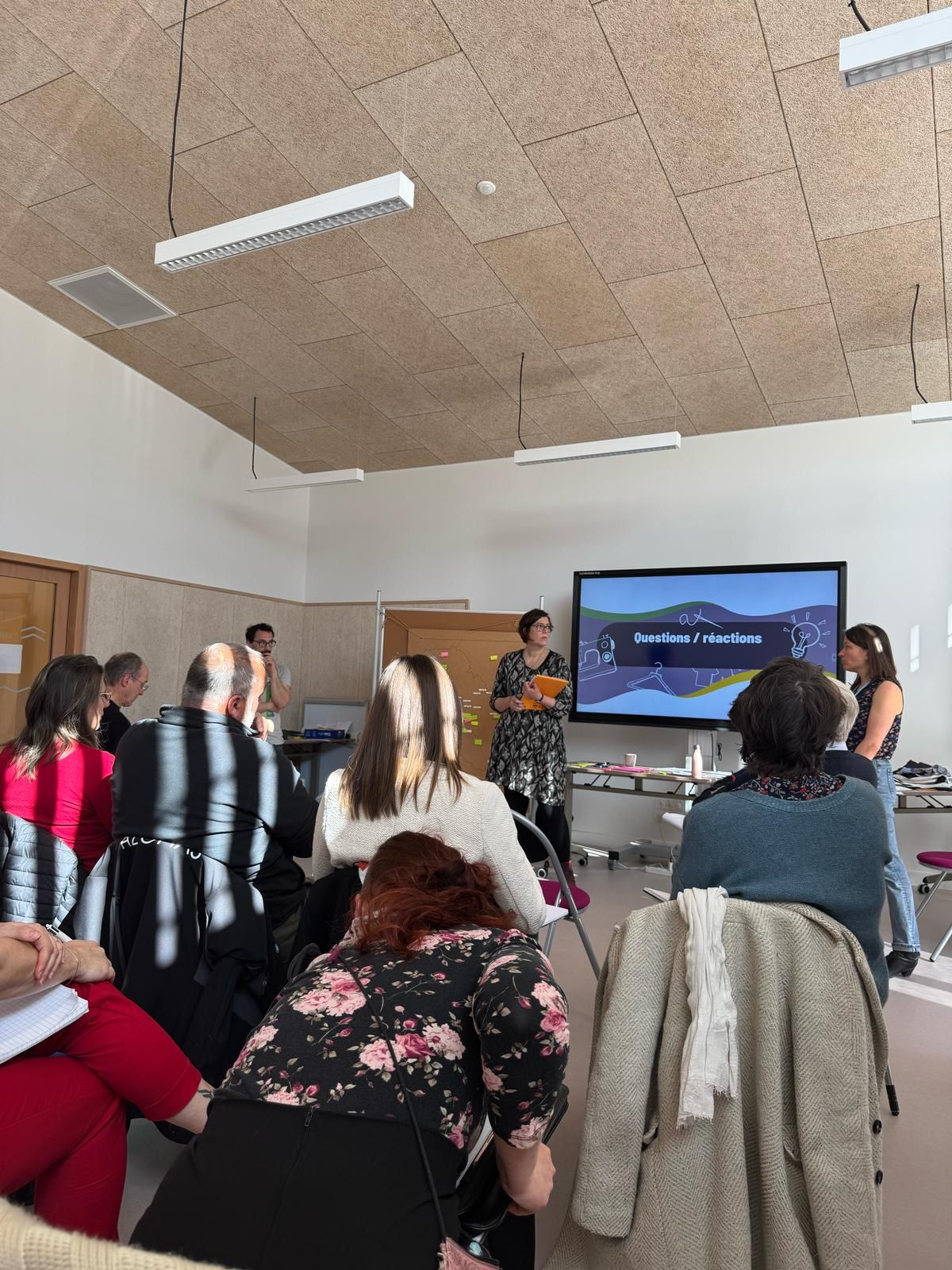Last week, we took part in a collaborative meeting of key textile industry players — a follow-up to our first gathering back in June.
Organized with the support of FDFR 89, Syndicat des Déchets Centre Yonne (SDCY), ADEME, ARAR BFC, CCI Yonne (😉 Patrick C. | Pauline JANNY), and the Bourgogne-Franche-Comté Region (hello Dominique Marie!), this session brought together the essential links of the textile value chain to address one pressing question:
👉 How can we optimize local textile waste management and turn it into a lever for a truly circular economy?
Despite promising initiatives, several key challenges remain:
🔍 Coordination between stakeholders – Each part of the chain (sorting, recycling, etc.) often works in silos, limiting overall efficiency — a gap we’re actively exploring ways to bridge.
♻️ Insufficient recycling of complex textiles – Blended fibers are everywhere in our clothes, but still extremely hard to recycle effectively (a challenge we know well!).
📦 Volume issues – The growing influx of low-quality textile waste limits reuse options and demands a better organizational model to avoid export, landfill, or incineration.
📊 Awareness & education – Raising awareness among both the public and businesses is crucial to reduce environmental impact from textile end-of-life.
This meeting was a pivotal step toward closer, coordinated collaboration between motivated local stakeholders — and we’re all in 💪
Together, we’ve committed to working on concrete, collective solutions:
✅ Strengthening synergies between local initiatives to improve collection and sorting
✅ Promoting innovation to tackle the technical challenges of recycling complex textiles
✅ Developing shared tools to streamline logistics and optimize textile waste flows
✅ Raising awareness among businesses and the public about the importance of action at every stage of the value chain
By joining forces, we’re helping reshape the local textile waste system — not only improving current practices, but also aiming to inspire other regions to embrace sustainable models.
A huge thank you to all the dedicated players sharing their expertise and reinforcing a powerful idea:
Together, we can turn textiles into a true circular resource — starting at the local level.






No responses yet